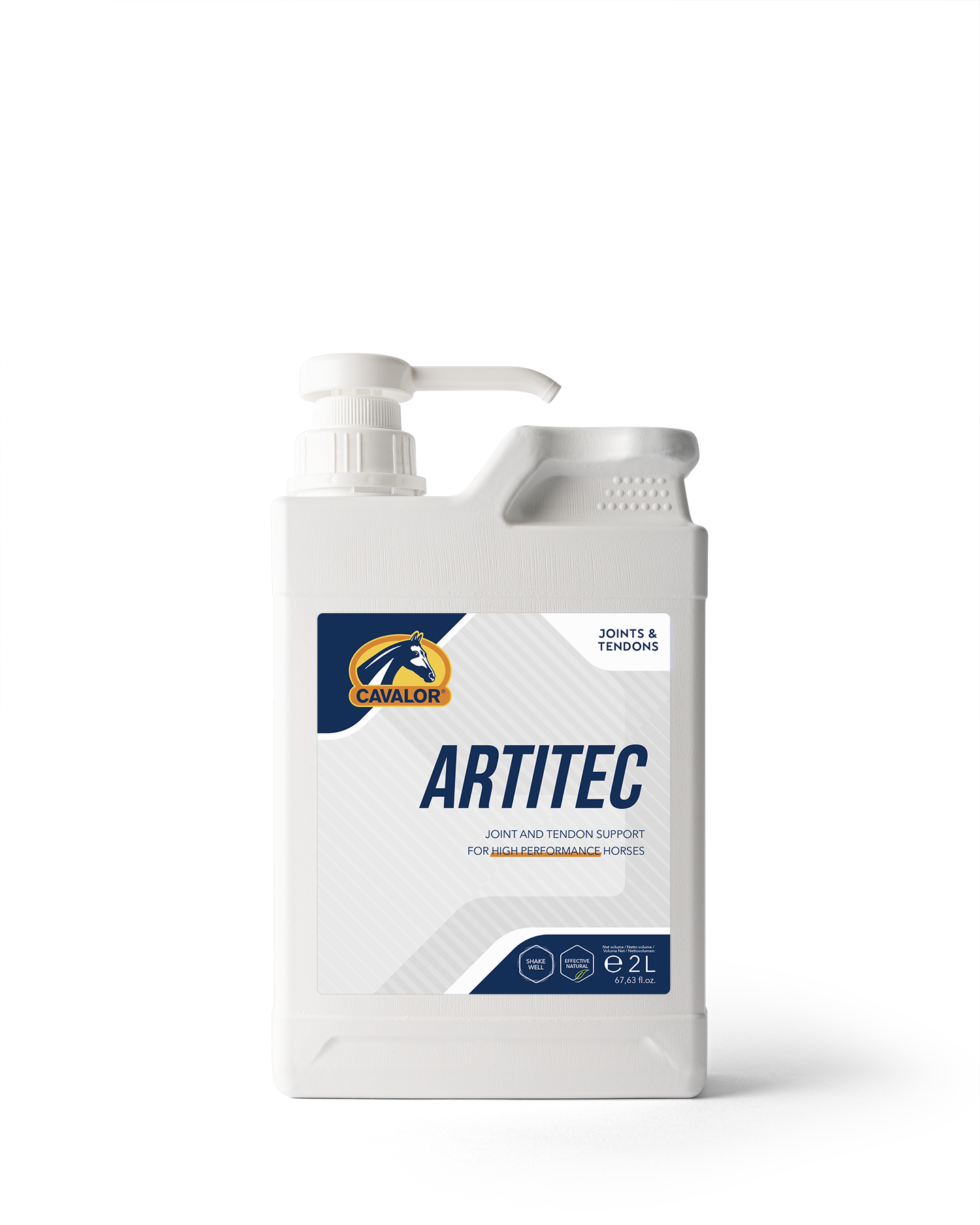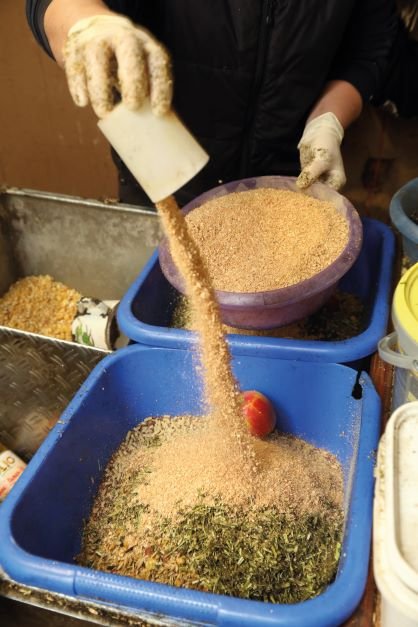Product Focus
/Three new products available for trainers this spring 2023
PAVESCO - TWYDIL® ARTRIDAY
NEW feed supplement for joints from TWYDIL®, Switzerland.
Since MSM has been registered as a controlled substance, we decided to launch on the equine market a product that can be used daily and long term.
Following our recent scientific investigations, it appears that the combination of chondroïtin, glucosamine, pro-anthocyanin and ASU brings an active and efficient support on the cartilage health and its functionality.
ASU means « avocado and soybean unsaponifiable fatty acids ». This extract is particularly efficient for the stabilisation of the cartilage extra-cellular matrix, bringing a noticeable preventive effect. The combination of these ingredients have an effect on all parts of the joints: cartilage, synovial fluid and membrane. The pro-anthocyanin fraction has a powerful anti-oxidant property with a high tropism for joints, so breaking the vicious circle conducting to lameness.
Horses show an improvement of their general suppleness and of their stride. The well-being is also taken into consideration because training is better tolerated.
50g daily for 30 days minimum is recommended to observe an improvement. It may be needed to continue for a longer period in sensitive horses.
The product is available in 1.5 kg pails.
For more information visit: www.twydil.com
NAF Five Star Metazone
By Dr Andy Richardson BVSc CertAVP(ESM) MRCVS, Veterinary Director at NAF
Whatever the challenge, keep your yard ‘in the zone’ with NEW NAF Five Star Metazone.
Metazone has been formulated by the Veterinary and Nutrition experts at NAF and is an innovative, evidence based nutraceutical that targets the support of natural anti-inflammatory pathways in all racehorses. The synergistic blend of plant based phytochemicals that make up this product support these pathways wherever they are needed in the body - whether that be for joints, hooves, tendons, ligaments, muscles or skin. The unique herbal complex of Metazone works in synergy wherever those triggers occur within the system, to ensure we maintain freedom from discomfort. Maintaining optimum comfort ensures racehorse welfare and provides an optimal environment for recovery and maximising athletic potential.
Unwanted or excessive inflammation is a major issue for the well-being and performance of horses in training and a major cause of lost training days and missed races. Metazone is the culmination of many years of research and knowledge gathered by the scientific team at NAF on how plant based phytochemicals can positively influence the body.
Formulated specifically to manage, relieve and control, Metazone provides nutritional support for common issues that may interrupt a training schedule. Metazone supports a horse’s natural anti-inflammatory responses, which are often under maximum stress when in training, helping them to stay sound through periods of repeated, strenuous exercise. The product is suitable when a short term boost is needed but may also be used for long term daily administration when comfort is key. The natural formula is gut kind and designed to work effectively without compromising gut health. It can be fed alongside any other NAF product that will support underlying structures as required.
Independently trialled, Metazone has been robustly trialled by equine researchers at The Royal Agricultural University, Cirencester in a blinded, cross-over designed trial, and assessed by a panel of external vets. Real results research also includes trials with leading trainers, who have all seen the benefit of getting their horses ‘in the Metazone’.
Metazone is available as a fast-acting liquid, in an instant use syringe and as palatable powder. The liquid comes in 5L and 1L sizes with the syringes available as 3 x 30ml and the powder is in a 1.2kg tub.
For more information on pricing and the product, contact NAF’s Racing Manager Sammy Martin on 07980 922041 or smartin@naf-uk.com.
Plusvital - Neutragast
Plusvital Neutragast is now available in pellets.
Ideal for fussy eaters, Neutragast Pellets promote gastrointestinal health in convenient & palatable soy protein base pellet form.
Using research proven ingredients to promote digestive performance the pellets contain key ingredients boswellia extract, calcified seaweed, saccharomyces cerevisiae and provides a source of B vitamins to help with food metabolism.
Boswellia extract (Terepenes and Boswellic acids) have been shown to have several beneficial effects including anti-inflammatory and analgesic properties. Boswellia compounds have been shown to be of benefit in cases of intestinal inflammation. This is achieved through modulation of the inflammatory cell (leukocyte) response.
Calcified seaweed has been reported to have a positive effect on buffering of pH in equine stomachs. Presented in the form of Lithothamnium Calcareum this acts as a safeguard against excess acid within the stomach.
Additionally Plusvital Neutragast Pellets contain the amino acid Threonine which is one of the main amino acid components of the protein mucin. Mucin forms a gel-like structure which makes up the mucosal barrier that protects the stomach wall against its own acidic secretions.
Saccharomyces cerevisiae (active yeast) is a probiotic which promotes intestinal health through multiple pathways including increased fibre digestion.
As it is a pellet supplement it works well with pelleted feed or straight feed concentrates and can be used as part of a daily routine.
For more information visit: www.plusvital.com












































